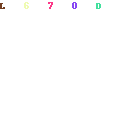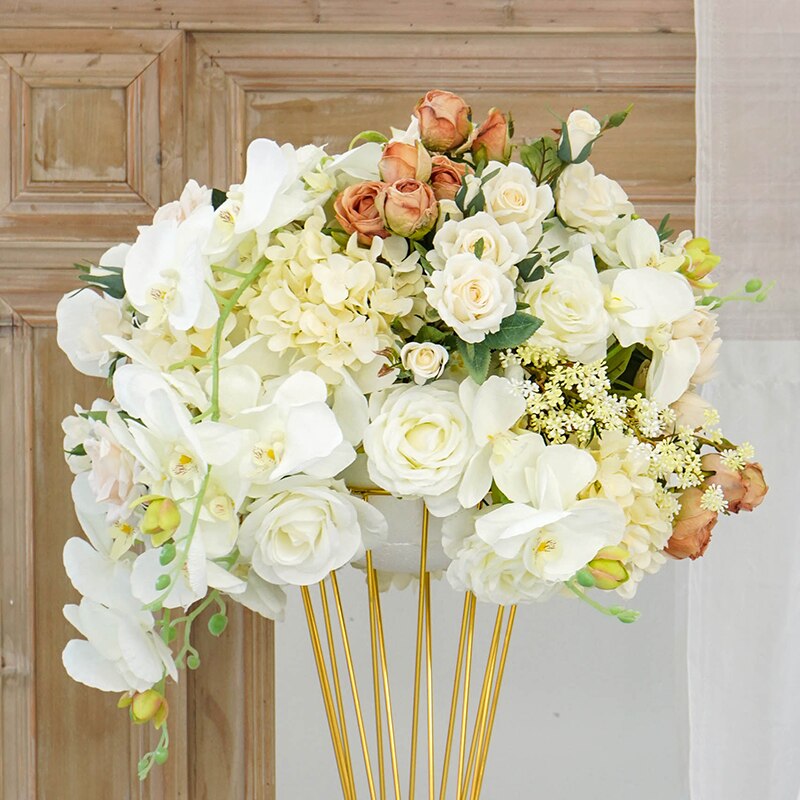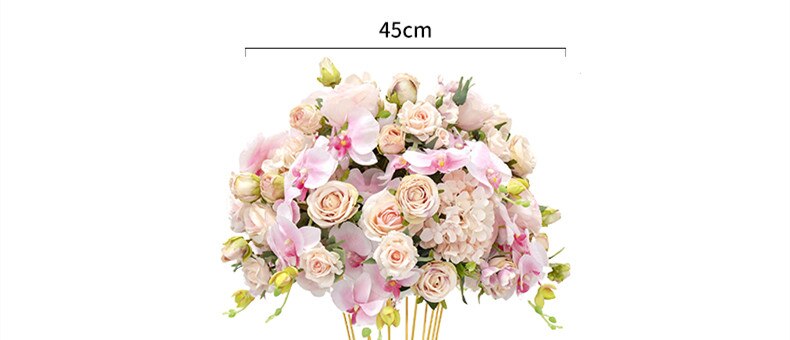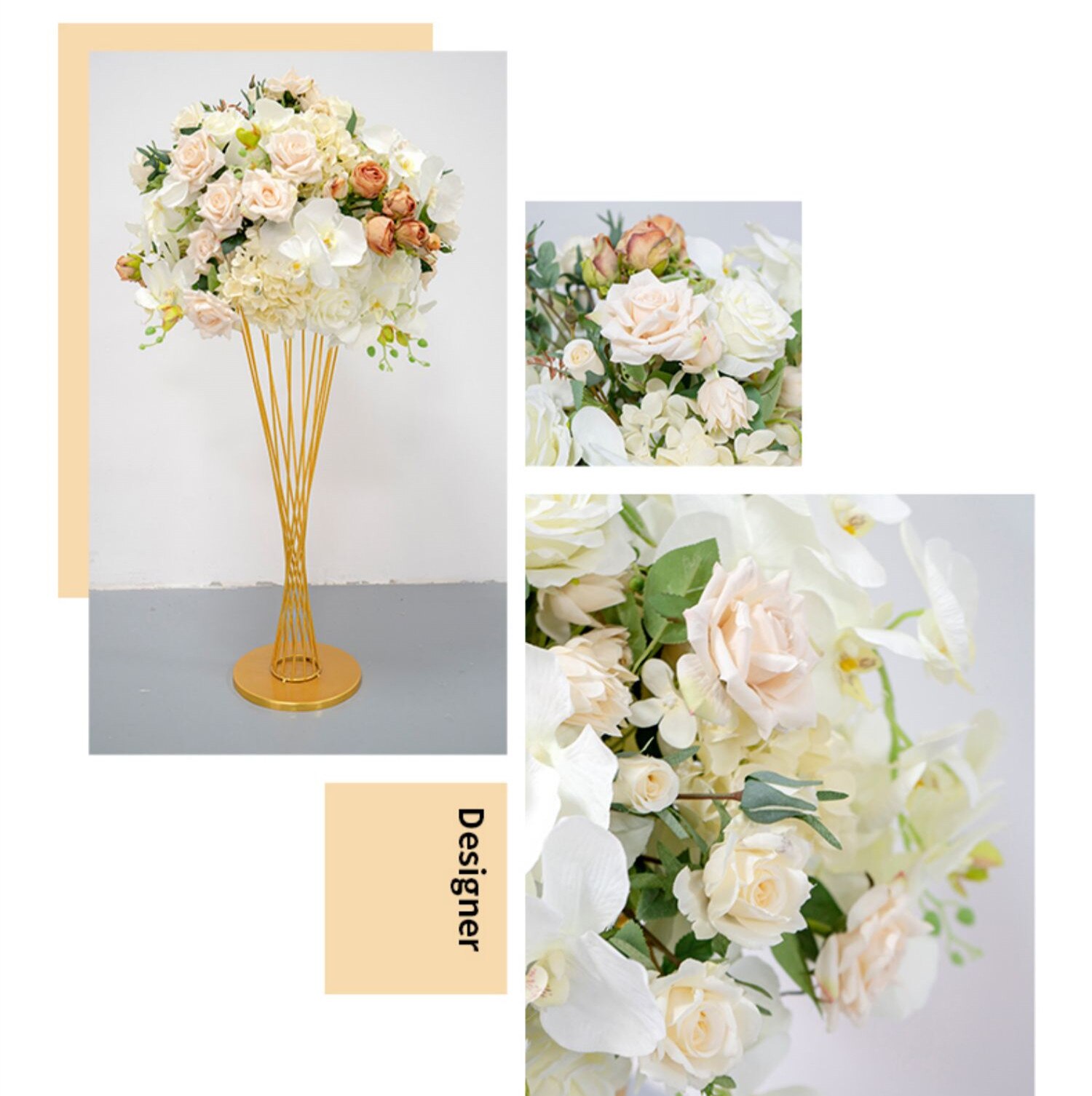What is a wedding canopy?
A wedding canopy, also known as a chuppah, is a traditional Jewish wedding structure that symbolizes the home that the couple will build together. It consists of a cloth or sheet held up by four poles, and is often decorated with flowers or other decorative elements. The bride and groom stand under the canopy during the wedding ceremony, along with their parents and sometimes other family members. The chuppah represents the couple's new home, which they will build together with love, respect, and mutual support. It is also a symbol of the couple's commitment to each other and to their shared future. The chuppah is an important part of Jewish wedding traditions, but it is also used in non-Jewish weddings as a symbol of the couple's commitment to each other and to their new life together.
1、 History of wedding canopies
What is a wedding canopy:
A wedding canopy, also known as a chuppah, is a traditional Jewish wedding canopy that symbolizes the couple's new home together. It is typically made of a cloth or sheet held up by four poles and decorated with flowers or other meaningful items. The chuppah serves as a sacred space for the couple to exchange their vows and begin their new life together.
In modern times, the wedding canopy has become a popular addition to non-Jewish weddings as well. It is often used as a way to create a focal point for the ceremony and to add a touch of elegance and tradition to the event.
History of wedding canopies:
The wedding canopy has a long history dating back to ancient times. In Jewish tradition, the chuppah symbolizes the tent of Abraham and Sarah, who were known for their hospitality and welcoming nature. The canopy was originally made of branches and leaves, and was meant to represent the couple's new home together.
Over time, the wedding canopy evolved to include more elaborate designs and decorations. In some cultures, the canopy was made of silk or other luxurious fabrics, and was adorned with jewels and other precious materials.
Today, the wedding canopy continues to be an important part of many wedding ceremonies around the world. It is a symbol of the couple's commitment to each other and their new life together, and serves as a reminder of the importance of family, tradition, and community.
Latest point of view:
In recent years, there has been a growing trend towards more personalized and unique wedding canopies. Couples are choosing to incorporate their own cultural traditions and personal style into the design of their chuppah, using materials and decorations that hold special meaning for them.
Some couples are also opting for more eco-friendly and sustainable wedding canopies, using recycled materials or choosing designs that can be reused or repurposed after the wedding.
Overall, the wedding canopy remains a timeless symbol of love, commitment, and tradition, and will continue to be an important part of wedding ceremonies for generations to come.

2、 Cultural variations in wedding canopies
What is a wedding canopy?
A wedding canopy, also known as a chuppah or mandap, is a structure that is used in wedding ceremonies to symbolize the couple's new home and their commitment to each other. It is typically made of four poles or pillars that are draped with fabric or flowers, creating a canopy or roof-like structure. The wedding canopy is often decorated with meaningful symbols or objects, such as family heirlooms or religious artifacts.
Cultural variations in wedding canopies:
Wedding canopies vary greatly across different cultures and religions. In Jewish weddings, the chuppah symbolizes the couple's new home and is often open on all sides to represent the hospitality they will offer to their guests. In Hindu weddings, the mandap represents the universe and is often decorated with flowers and other natural elements. In Muslim weddings, the bride and groom sit under a decorated canopy called a nikahnama, which is signed by the couple and their witnesses to make the marriage official.
In recent years, there has been a growing trend towards personalized and unique wedding canopies. Couples are incorporating their own cultural traditions and personal styles into their wedding canopy designs, creating one-of-a-kind structures that reflect their love and commitment to each other. Some couples are even opting for non-traditional wedding canopies, such as a rustic arch made of branches or a modern geometric structure.
Overall, the wedding canopy remains an important symbol of love and commitment in wedding ceremonies across the world, and its design and decoration continue to evolve with changing cultural and personal preferences.

3、 Materials used for wedding canopies
What is a wedding canopy:
A wedding canopy, also known as a chuppah, is a traditional Jewish wedding structure that symbolizes the couple's new home together. It is typically made of four poles with a fabric covering and can be decorated with flowers, ribbons, or other embellishments. The canopy is held up by family members or friends during the ceremony, creating a sacred space for the couple to exchange their vows.
In recent years, wedding canopies have become popular in non-Jewish weddings as well, as couples seek to incorporate meaningful traditions into their ceremonies. They can be made from a variety of materials, including wood, metal, and fabric, and can be customized to fit the couple's style and preferences.
Materials used for wedding canopies:
The materials used for wedding canopies can vary depending on the couple's preferences and budget. Some popular options include:
1. Fabric: The canopy covering is typically made from a lightweight fabric such as chiffon, tulle, or silk. These materials create a soft, romantic look and can be draped in a variety of ways.
2. Wood: Wooden poles are a popular choice for wedding canopies, as they provide a sturdy base for the fabric covering. They can be left natural or painted to match the wedding colors.
3. Metal: Metal poles can also be used for wedding canopies, providing a sleek and modern look. They can be made from materials such as aluminum or wrought iron.
4. Flowers: Some couples choose to incorporate flowers into their wedding canopy design, either by attaching them to the fabric or by creating a floral archway.
5. Lighting: Lighting can also be added to wedding canopies to create a romantic ambiance. String lights or lanterns can be hung from the poles or draped over the fabric covering.
In conclusion, wedding canopies are a beautiful and meaningful addition to any wedding ceremony. They can be made from a variety of materials and customized to fit the couple's style and preferences. Whether traditional or modern, a wedding canopy creates a sacred space for the couple to exchange their vows and begin their new life together.

4、 Symbolism of wedding canopies
A wedding canopy, also known as a chuppah, is a traditional Jewish wedding structure that symbolizes the couple's new home and their future together. The canopy is typically made of a cloth or a tallit (prayer shawl) held up by four poles, and the couple stands underneath it during the ceremony.
The symbolism of the wedding canopy goes beyond just representing the couple's new home. It also represents the presence of God in their marriage and the protection and shelter that they will provide for each other. The four poles represent the four pillars of a strong marriage: love, trust, respect, and communication.
In recent years, the wedding canopy has become popular in non-Jewish weddings as well, as couples seek to incorporate meaningful traditions into their ceremonies. The canopy can be decorated with flowers, ribbons, or other meaningful items, and can be customized to reflect the couple's personal style and beliefs.
Overall, the wedding canopy is a beautiful and meaningful symbol of the couple's commitment to each other and their future together. Whether used in a traditional Jewish wedding or incorporated into a modern ceremony, it serves as a reminder of the importance of love, respect, and communication in a strong and lasting marriage.








































Leave your comment